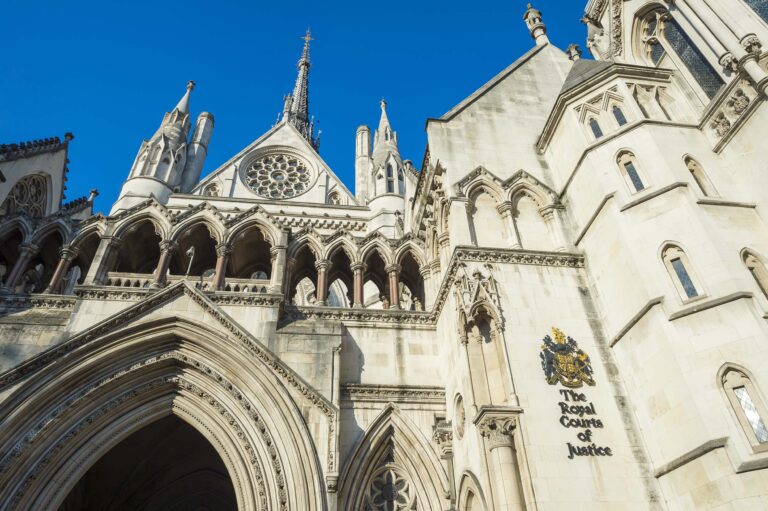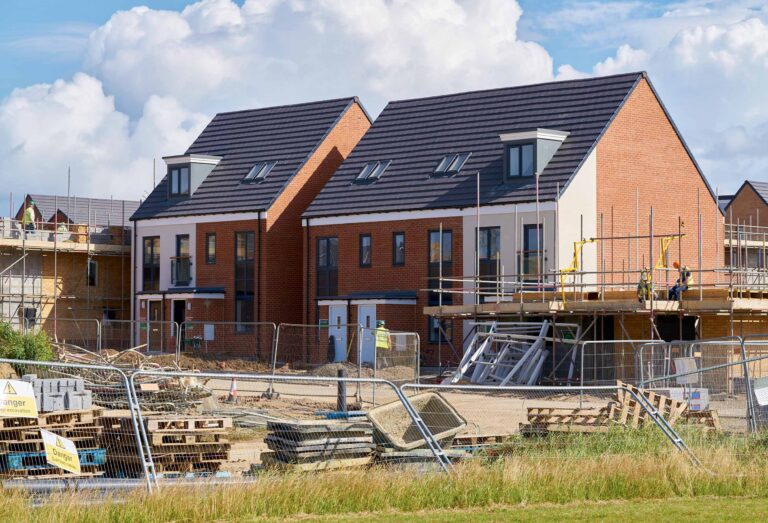Development of land designated as Green Belt, Areas of Outstanding National Beauty (AONBs) and National Parks, The Broads and Heritage Coasts gives rise to important planning considerations. Such development engages both national and local policies and case law considerations.
The National Planning Policy Framework (NPPF) requires that planning policies and decisions should contribute to and enhance the natural and local environment and there are special policy protections for designated areas to protect them from inappropriate development. These policies are reinforced through the Planning Court when the Local Planning Authority (LPA) or planning inspectors fail to have regard to or apply the correct policy tests.
Green Belt
Green Belts are formally designated areas of land, principally around urban areas, to prevent urban sprawl by keeping land around the settlement areas of cities, towns and villages permanently open. The essential characteristics of Green Belts are their openness and their permanence. We are regularly instructed in relation to housing allocations or development applications proposed for Green Belt land.
In the local plan context, Green Belt land should only be allocated for housing and other development where the Local Plan inspector finds “exceptional circumstances”. This requires careful assessment of the five functions of the Green Belt against the criteria in the NPPF.
When a planning application is before the LPA or an appeal inspector, development on Green Belt land should only be approved where there are “very special circumstances”. All development with some limited exceptions is considered “inappropriate development” and harmful to the Green Belt.
Protected Landscapes
AONBs, National Parks, the Broads and Heritage Coasts are also formally designated for their scenic and natural beauty with policy protections in the NPPF. When acting for our clients we often use the policy protections in the NPPF and case law to oppose major development in these special places and seek to persuade the decision maker to refuse consent based on the lack of “exceptional circumstances” to justify development and that the development is not in the public interest.
Development in some of these areas is also subject to environmental impact assessment (EIA).
Meet the team
The team has extensive experience in matters within protected landscapes. Please get in touch to speak to a member of the team.
Get in touch
Example Cases
Challenge to development in AONB
Serious on Solar – Ford Village v Buckinghamshire Council
Solar farm permission quashed by consent where officer misled committee on heritage and AONB harm
Challenge to pet crematorium, Cotswolds
R (Claridge) v Gloucestershire County Council
Successful challenge to Pet Crematorium in Cotswolds AONB.
Dorset Quarry at Chard Junction
Application for Chard Junction Quarry, Thorncombe
Objection to Dorset Strategic Planning Committee leading to refusal of quarry permission.
Motocross racing CLEUD in AONB quashed
Healey Parish Council v Northumberland County Council
County Council’s grant of Certificate of Lawful Use quashed.
Planning Judicial Review – Rame Head, Cornwall
R (Cross) v Cornwall Council and anr
Successful Judicial Review challenge to controversial agricultural dwelling within the Cornwall AONB.
Obstructive fence in National Park stopped
Network Rail 1.8m fencing PD application, Hope Valley, Peak District
Objection stops installation of unsightly railway fencing in Peak District beauty spot.
Extension of Ruda Holiday Park, Croyde
R (Croyde Area Residents Association) v North Devon Council
Challenge to consent for extended opening hours for holiday park in AONB
Success in Cotswold AONB Planning Appeal
Planning Appeal, Land at Oakhurst Rise, Charlton Kings, Cheltenham
Opposition to Planning Appeal for outline permission for up to 69 dwellings.
Little Densole Farm, Kent Downs AONB
R (Steer) v. Shepway District Council
Permission for holiday park in AONB quashed for failure to give reasons.
In my view Richard Buxton raises your industry standards in terms of its client support and business ethics.




